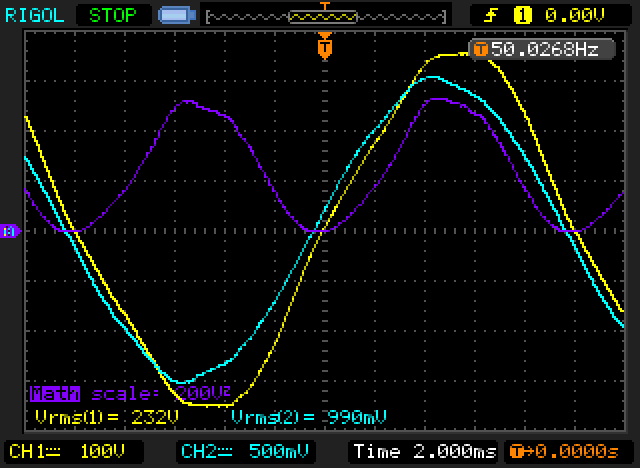Black Ninja
Guru
- Joined
- Nov 11, 2014
- Messages
- 1,174
Since price difference between pure sin and non sin UPSes is not that big , and there is no trade of when you go to pure sin...
Why don't we just assume we all have pure sine UPSes, and concentrate on the next issues like hold-up time of power supplies or any other issues that could come up so we don't have to go next step and buy Online UPS which is 8 time more expansive and very inefficient compared to non online.
Why don't we just assume we all have pure sine UPSes, and concentrate on the next issues like hold-up time of power supplies or any other issues that could come up so we don't have to go next step and buy Online UPS which is 8 time more expansive and very inefficient compared to non online.

